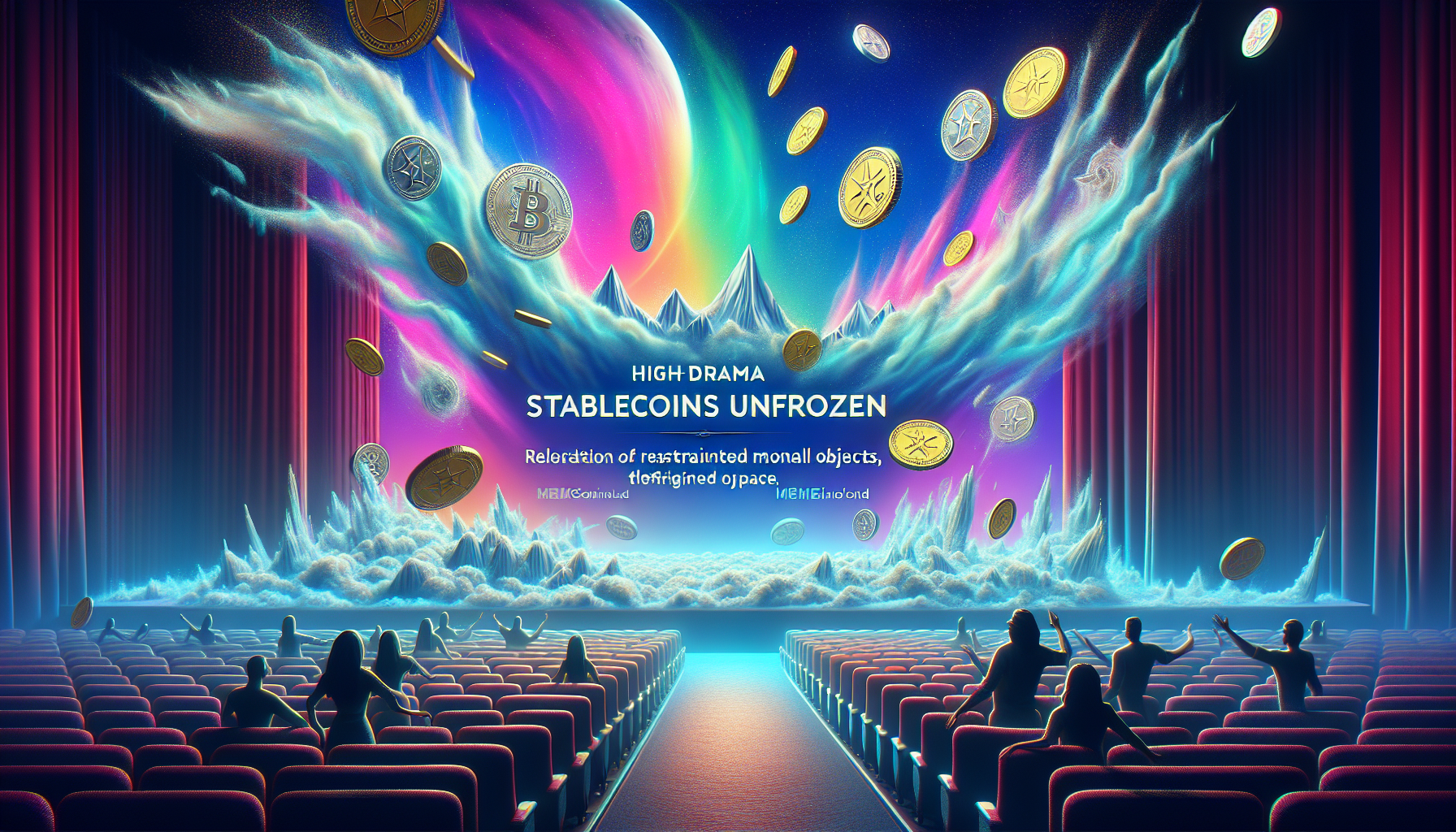 The dream of a peer-to-peer electronic cash network has been realized, but not in the way many crypto purists envisioned. Instead of Bitcoin reigning supreme as the decentralized king, it’s the centralized stablecoins pegged to the mighty USD that are stealing the spotlight.
The dream of a peer-to-peer electronic cash network has been realized, but not in the way many crypto purists envisioned. Instead of Bitcoin reigning supreme as the decentralized king, it’s the centralized stablecoins pegged to the mighty USD that are stealing the spotlight.
In the wild west of crypto, where decentralization was once the holy grail, stablecoins have emerged as the unexpected heroes. These digital assets, backed by traditional fiat currencies like the US dollar, are now the go-to choice for traders and investors looking for stability amidst the volatile crypto seas. While Bitcoin and Ethereum continue their rollercoaster rides, stablecoins offer a calm harbor, providing liquidity and ease of use.
The rise of stablecoins marks a significant shift in the crypto landscape. With giants like Tether (USDT), USD Coin (USDC), and Binance USD (BUSD) leading the charge, these digital dollars are bridging the gap between traditional finance and the blockchain world. They’re not just a fad; they’re becoming an integral part of the crypto ecosystem, facilitating everything from trading to remittances.
But why are these centralized coins gaining traction? It’s simple: trust and stability. In a market notorious for its unpredictability, stablecoins offer a semblance of certainty. They’re pegged to real-world assets, ensuring their value doesn’t swing wildly with market whims. This makes them an attractive option for those wary of crypto’s infamous volatility.
Yet, this rise isn’t without controversy. Critics argue that centralized stablecoins contradict the very essence of what cryptocurrencies were meant to be: decentralized and free from traditional financial systems. They point out that these coins are controlled by centralized entities, which could potentially lead to censorship and manipulation.
Despite these concerns, the adoption of stablecoins continues to surge. They’re being used in decentralized finance (DeFi) protocols, enabling users to earn interest, lend, and borrow without the need for banks. They’re also playing a crucial role in cross-border transactions, offering a faster and cheaper alternative to traditional remittance services.
So, what’s next for stablecoins? As regulatory scrutiny intensifies, these digital assets will need to navigate a complex landscape. Governments worldwide are taking notice, with some exploring their own central bank digital currencies (CBDCs) as a response. The future of stablecoins will likely involve a delicate balance between innovation and regulation.
In conclusion, while Bitcoin may have sparked the revolution, it’s the centralized stablecoins that are quietly reshaping the financial world. They represent a pragmatic step towards mainstream adoption, offering a bridge between the old and new financial systems. As we sail into uncharted waters, one thing is clear: stablecoins are here to stay, and they’re making waves in ways we never imagined.




